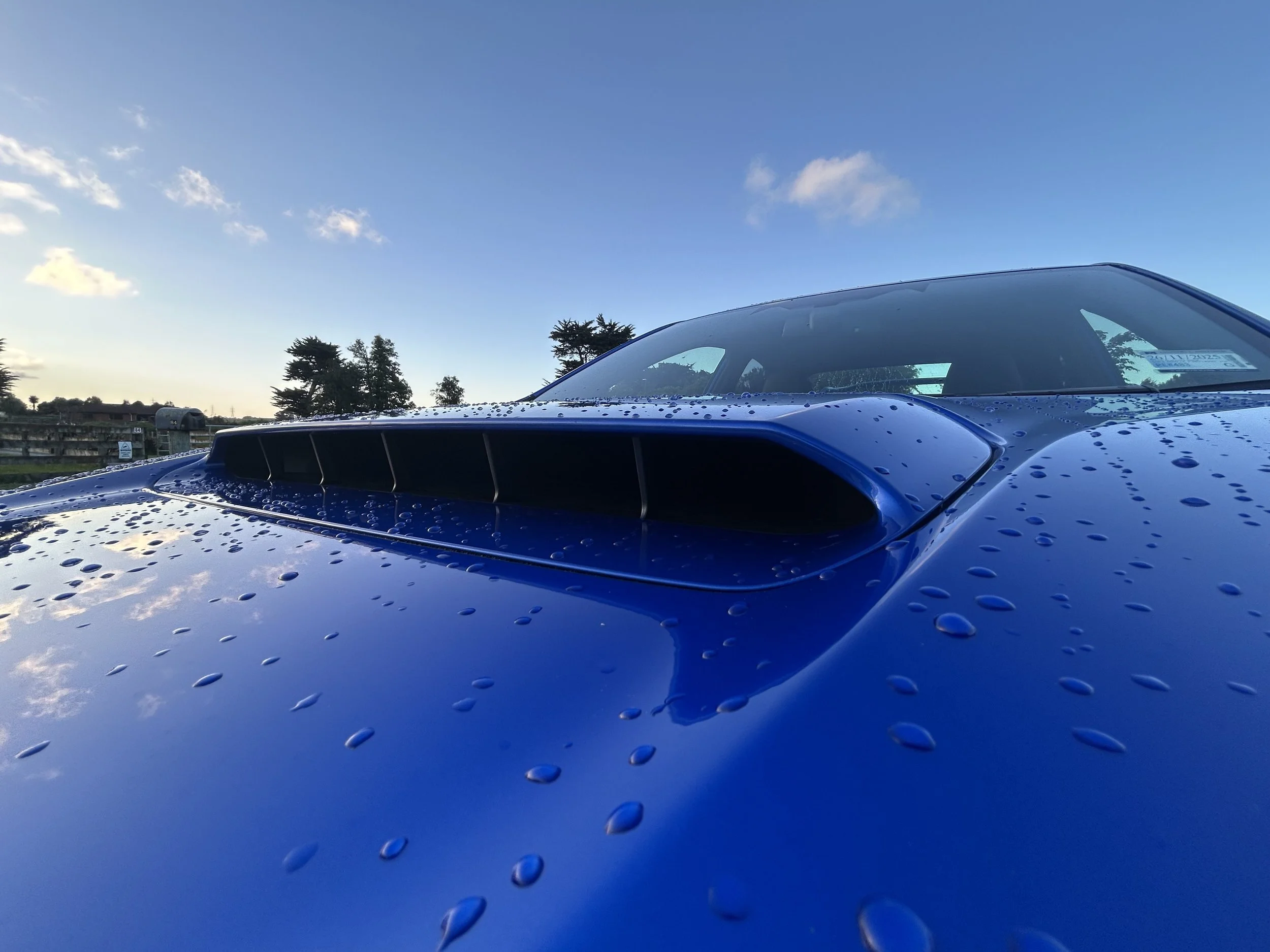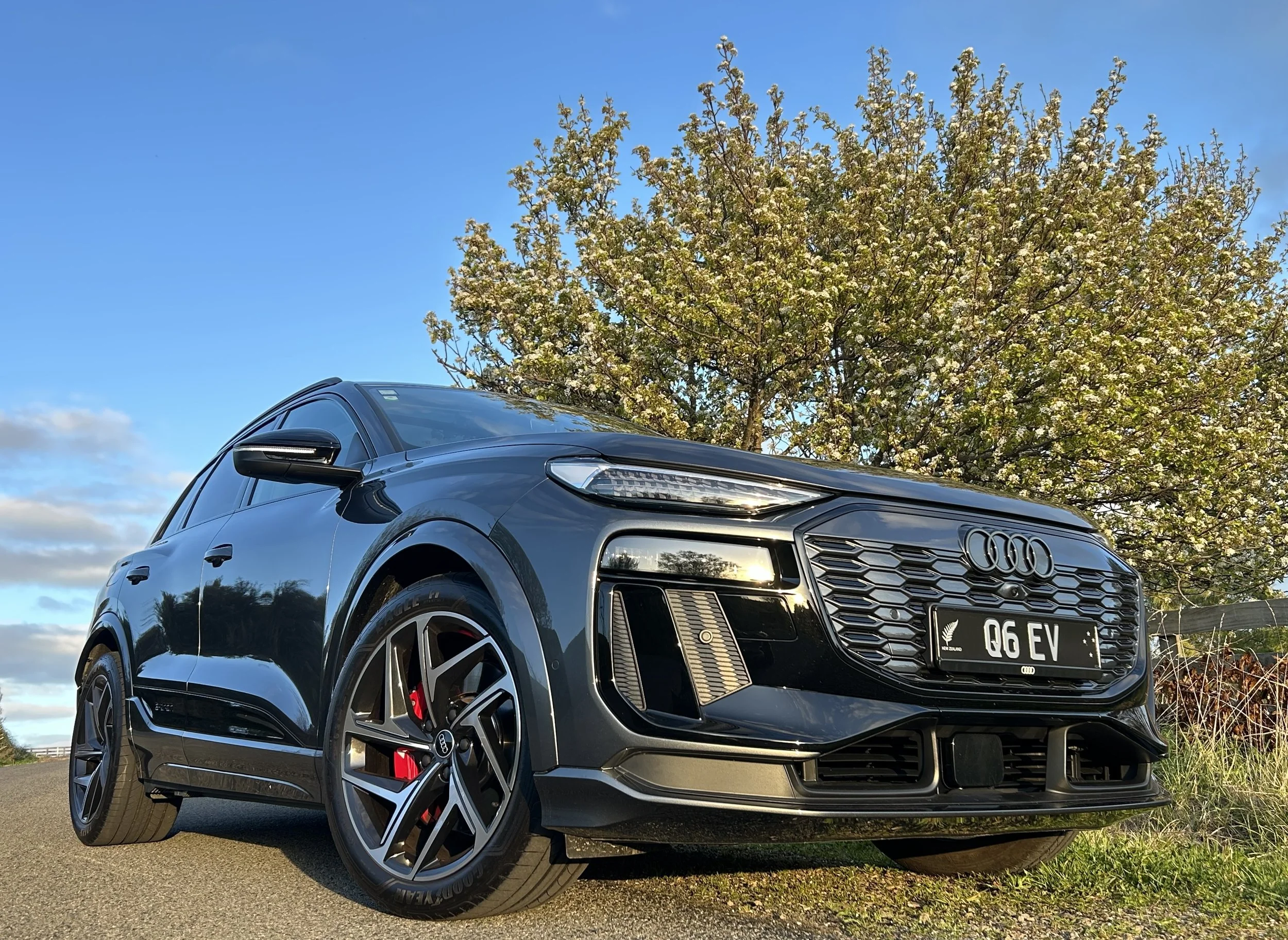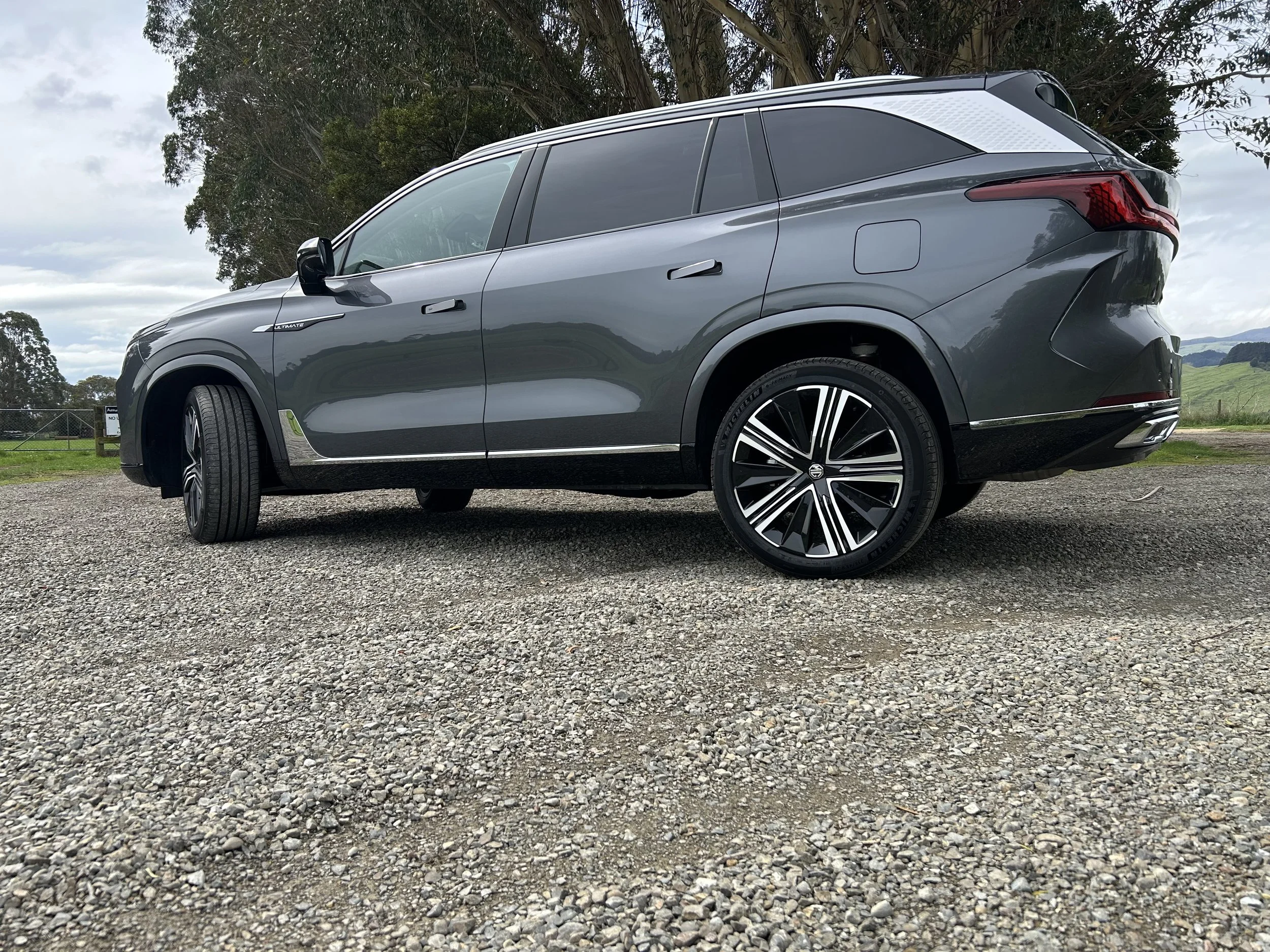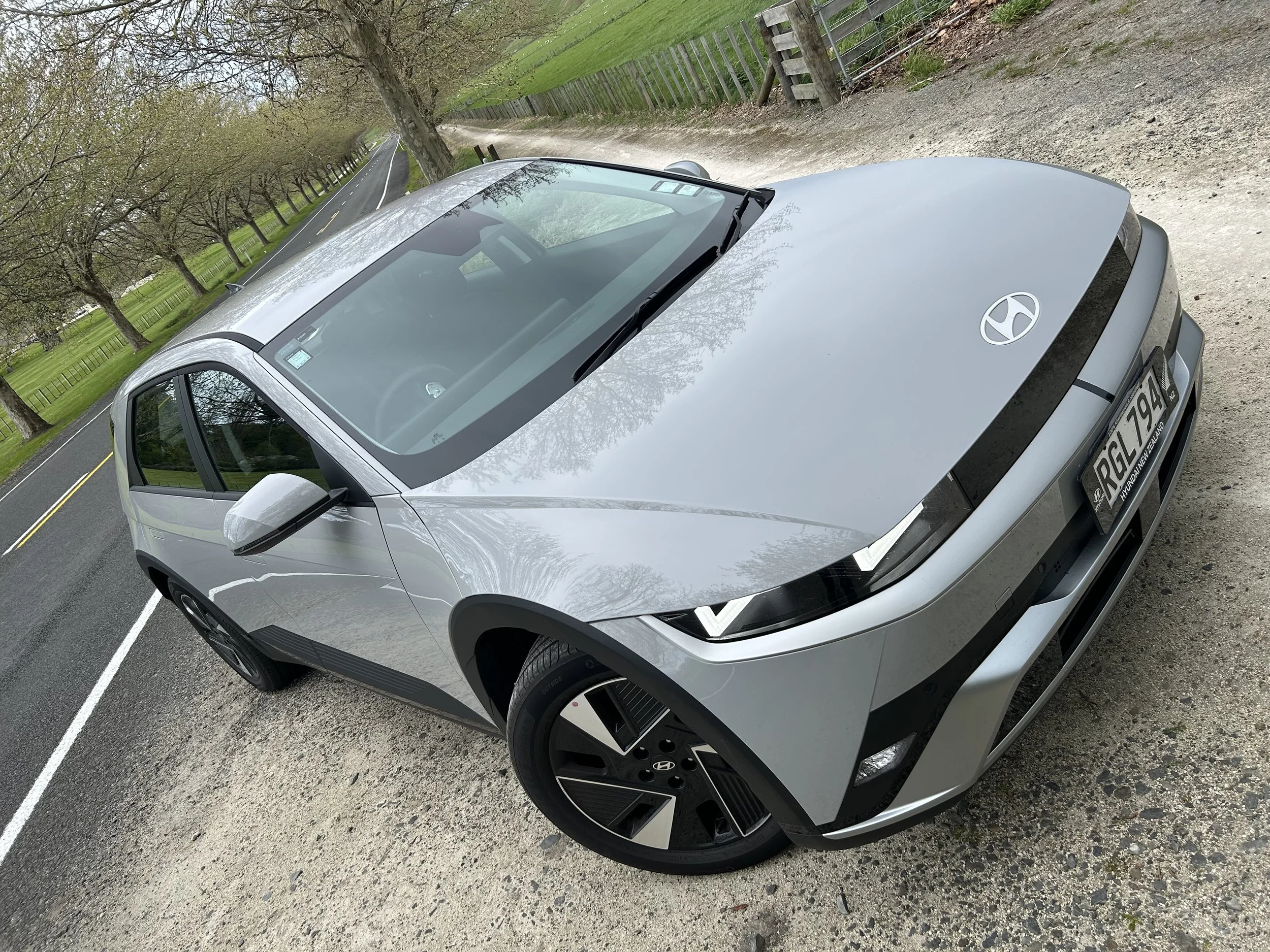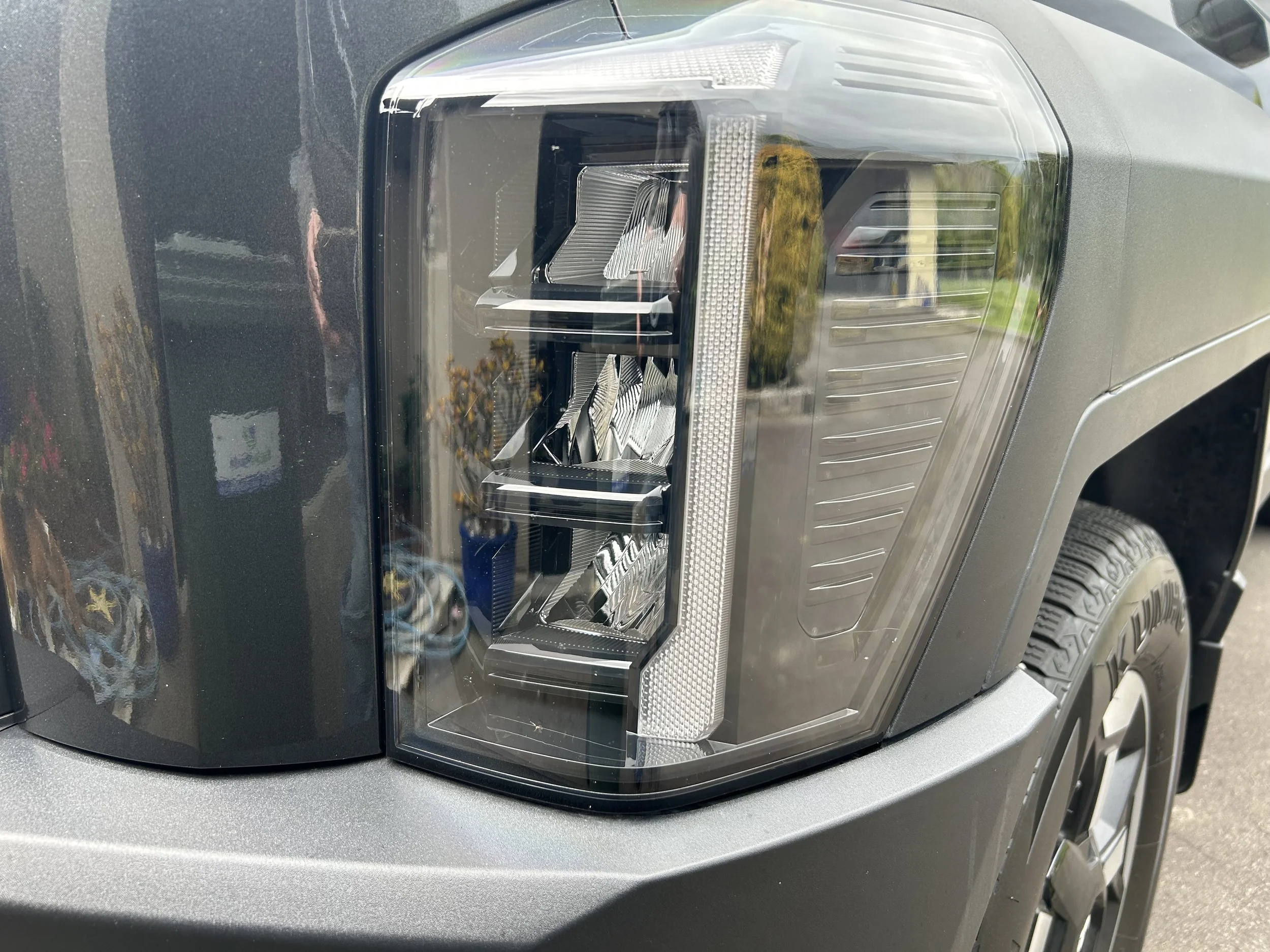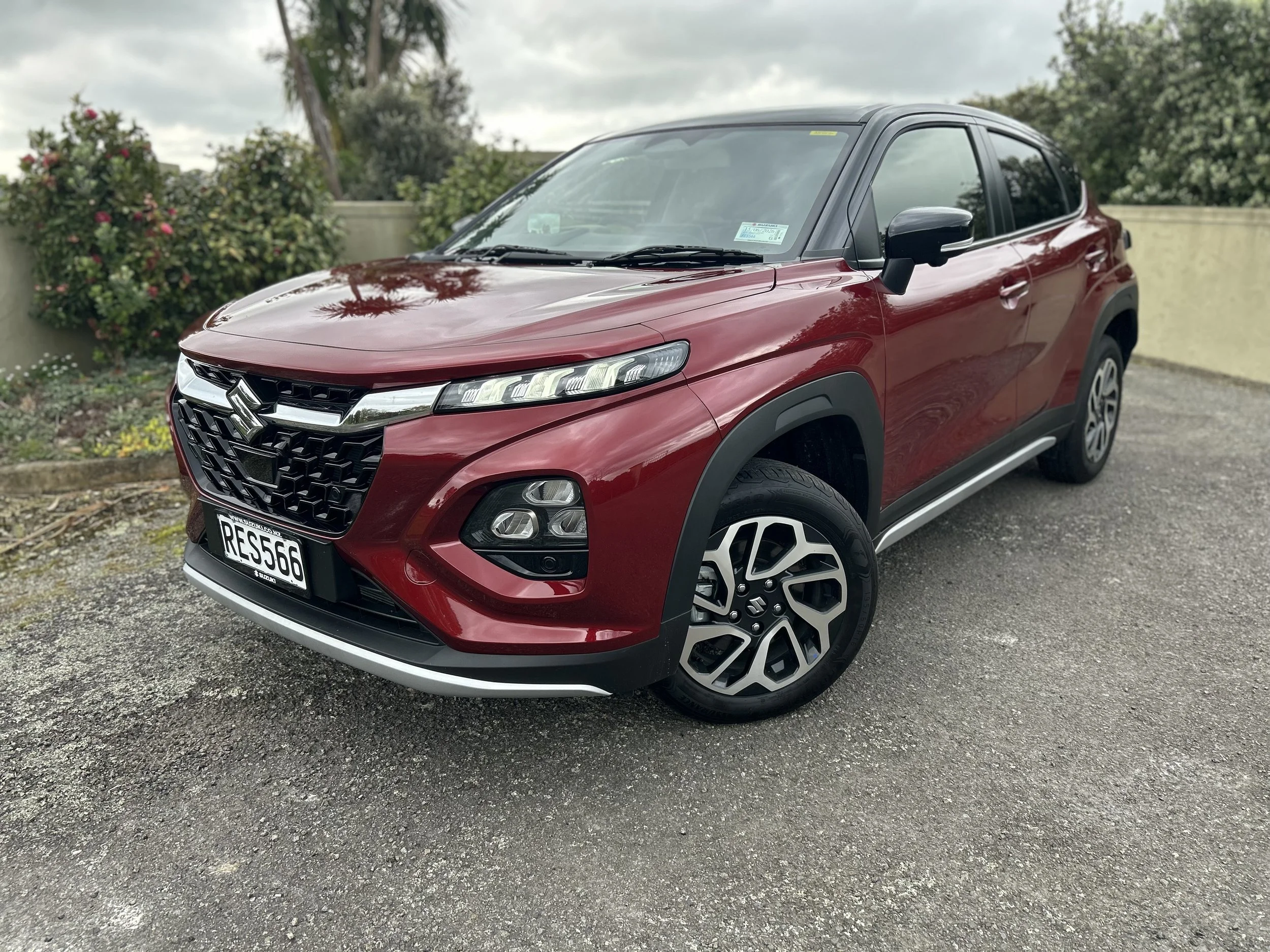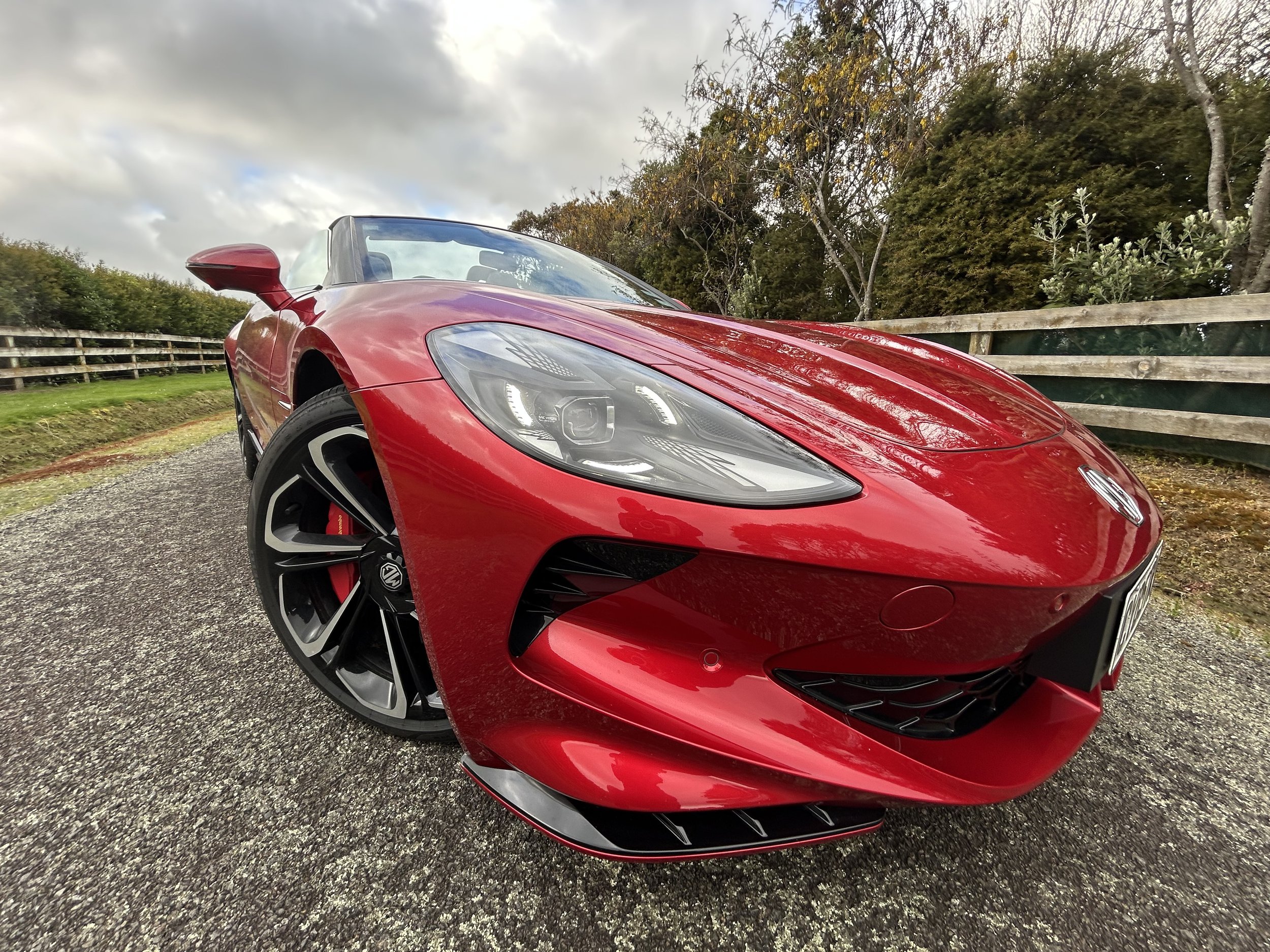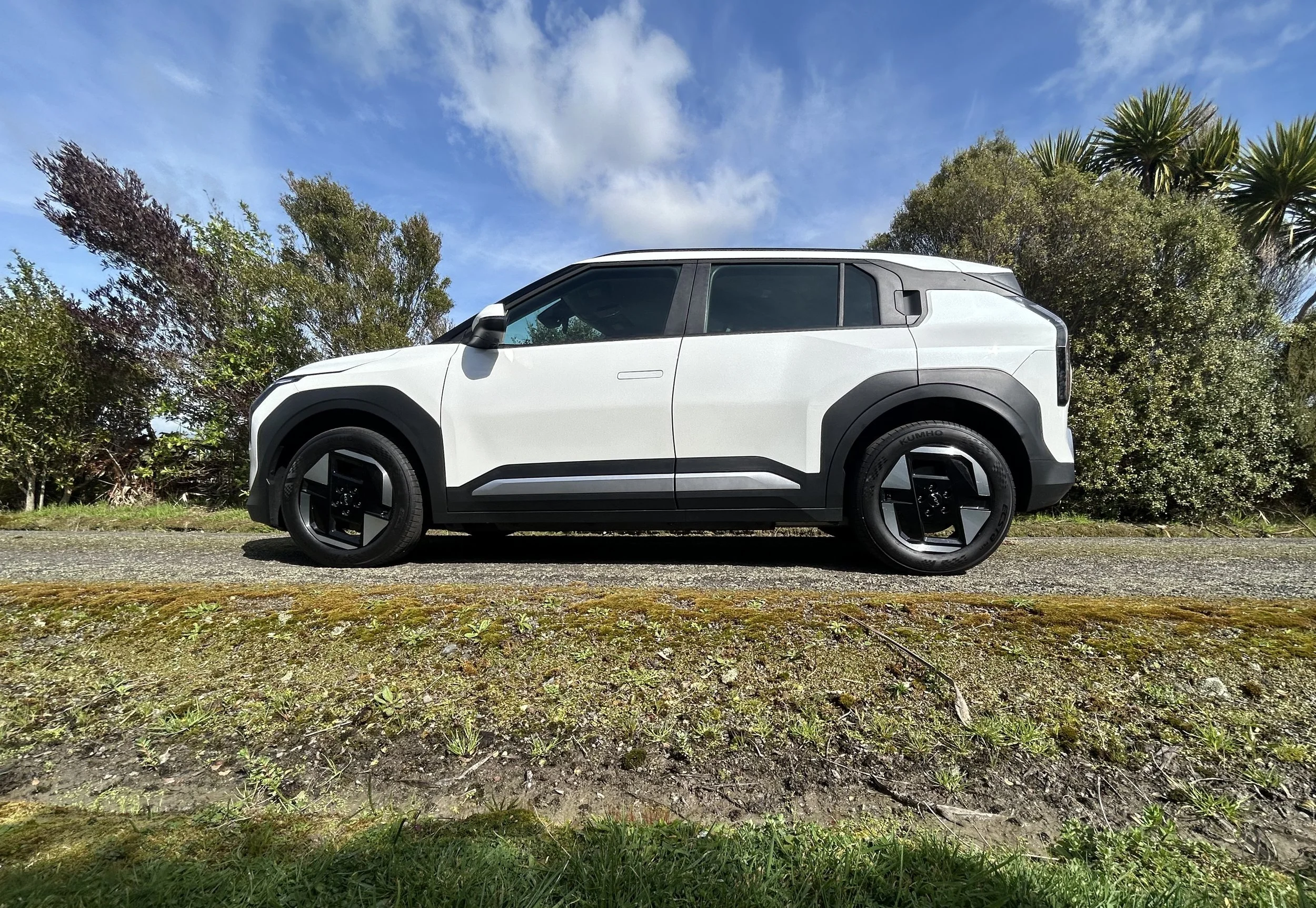Reduced expectation for Honda NZ’s first electric
/The e:N1 that has just come on sale no longer has to go for sales gold; that’s a job for the make’s hybrids.
ANY pressure Honda might have felt to ensure a good showing by the first electric car it has officially represented here might now have eased.
Head office has announced a policy change that pulls the plug on prioritising wholly battery models above hybrids.
A revised corporate strategy plan has instead reversed the priority order.
Honda Japan now holds that hybrid electric as being the better technology with which to achieve ambitious goals of carbon neutrality and zero fatalities by 2050.
All Honda cars here have hybrid drivetrains, which still rely on petrol engines.
Hybrid success now fuels market leader Toyota New Zealand, which also only sells that technology in it passenger models, in its own and adjunct Lexus lines, and also the Hilux utility. TNZ market share is massively greater than Honda’s, however.
The e:N1 announced for sale from May 15 is the first to join that showroom line-up that takes the ultimate step of being wholly electric, without need for pump involvement.
There has been international speculation that the $52,000 five-seater, which is basically a battery-wed version of the make’s compact HR-V crossover (though it is 32mm longer and 2mm taller, with 3mm less between its front and rear axles) could well be a single generation product.
That’s in part due to the subdued reception it has received from other markets and also because the EVs Hondas wants to deliver in future have more advanced technologies.
A week ago this publication put questions to Honda NZ senior management in respect to its volume ambition for the car and also how confident it is about releasing an EV when the sector is in poor state.
It has not replied. However, Honda Japan has provided some clarity of sorts, albeit indirectly.
Head office says it will continue with its electric vehicle plan - the next step of which seems to be releasing in 2026 production equivalents of the highly-style 0 (zero) sedan and sports utility concepts (below) it showed in January in Las Vegas - but they won’t be the absolute priority push product.
The ‘zero’ cars - a name unlikely to continue into production - have been previously said to be the first of a range of seven EVs due to be launched between now and 2030.
They be joined next year by what is described as an ‘entry-level SUV’, which is expected to be close in size to the current combustion-powered ZR-V, according to Toshinobu Minami, head of Honda’s design centre.
That car might effectively replace the Honda e, a small electric runabout that came here as a used import only.
There’s nothing to suggest the EV rollout plan has changed, but sales targets now are less bullish.
Having previously set itself a 30 percent target for EVs by 2030, Honda now says that target requires revision, due to the the recent global market slowdown for those products.
At same token, interest in HEVs has risen. That includes in New Zealand, where HEV showed the only increased sales in 2024; a period when the whole market was down and electric and plug-in electric cars almost became pariahs. Almost all the HEV cars that lifted in volume were Toyotas.
The withdrawal of subsidies for EV and PHEV at end of 2023 and the introduction of Road User Taxes on both last April are cited as being a turn-off that severely eroded a previously healthy fan base.
Because they are categorised as petrol cars, mild hybrids - that is, those that don’t have facility to plug in - don’t pay RUC. There’s speculation that might change, but it has yet to.
Honda in Japan this week said it intends to have release a range of next-generation hybrid models from 2027 onwards.
These, it says, will form the backbone of a 2030 sales target of 2.2 million HEVs globally.
It says the new cars will deliver efficiency improvements of more than 10 percent, this achieved by improvements to drivetrain technology and also further weight reduction. It is also chasing cost reduction of motors and batteries.
The ultimate goal is to reduce the costs of its next-generation models by more than 50 percent compared to the models introduced from 2018, and by 30 percent compared to the hybrid system it launched in 2023.
The e:N1 - whose naming to to engender impression this is an ‘electric for anyone’ - represents in 152kW/310Nm single motor front drive format, using a 61.9kWh battery (usable capacity, the total is 68.8kWh) lithium ion battery offering 0-10kmh in 7.2 seconds and 412 kilometres range, according to the WLTP lab test standard.
Honda New Zealand cites up to 500kms “in optimal conditions.”
The e:N1 has an interesting background in that it was initially sold in China, as a joint venture with production shared by two domestic maker.
The car for New Zealand appears to be built in Thailand, at a Honda facility there, whereas the first right hand drive market, the United Kingdom, secures stock from China.
It arrives here after its launch there and in Europe, China and some South-East Asian countries in 2023 and 2024.
Honda has been talking about a name change being likely, as the current tag is proving too challenging to pronounce by customers in China.
The car’s release is the first since a management change for Honda New Zealand, with Honda Australia vice president Carolyn McMahon now in charge and also based in Auckland.
She has actually been a director of Honda NZ since mid-2024 – the first Honda Australia-based executive to do so – but previously located across the Tasman.
The dual role is said to ‘strengthen’ the connections and work efficiencies between the Australia and NZ operations.










